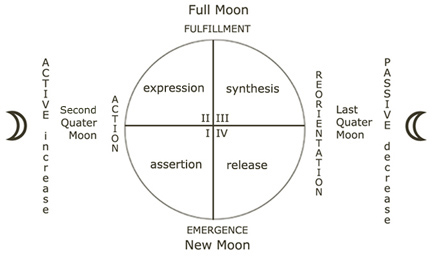
Optics, a domain within physics, centers on the examination of the behavior of electromagnetic radiation, primarily light, throughout most of its historical development. This inquiry commences with three essential phenomena: light propagation, reflection, and refraction. The scientific study of these phenomena can be traced back to ancient Greek times, particularly through the contributions of Euclid, Hero of Alexandria, and Ptolemaeus, who advanced geometric optics.
Euclid’s “Optics,” which focused on the propagation of visual rays, proposed seven core principles that describe how visual rays diverge and create a visual cone stemming from the eye. His investigations established a foundation that was later applied to light rays. Moreover, Euclid’s “Catoptrics” addressed reflection and incorporated principles of refraction, exemplified by the experiment of a “floating coin.”
Hero of Alexandria expanded on Euclid’s “Catoptrics,” introducing various instances of optical illusions through mirrors. Ptolemaeus furthered Greek optics with his works, which, although only partially accessible in their original form today, extended beyond prior knowledge, documenting reflection and refraction through empirical experimentation.
The Persian scientist Ibn al-Haytham later contested Greek theories of extramission vision, shifting the focus to light rays that enter the eye. His “Kitab al-Manazir” represented significant progress in optical understanding, despite not revealing the sine law of refraction.
The sine law was first identified by Ibn Sahl in the 10th century through geometric derivations, although his work remained relatively unknown until it was rediscovered in more recent times. In the 16th century, there were four independent rediscoveries, notably by Thomas Harriot, Willebrord Snel, René Descartes, and Pierre de Fermat. Descartes was the first to publish the law, while Fermat derived it based on principles of least time paths.
In subsequent works, Christiaan Huygens’ wave theory of light further confirmed the sine law. The definitive establishment of this law paved the way for future optical inquiries, significantly influencing Isaac Newton’s research on the light spectrum in his “Opticks.” This landmark in optics laid the groundwork for further scientific exploration and applications, solidifying optics as a distinct scientific field.